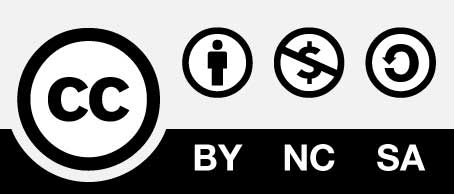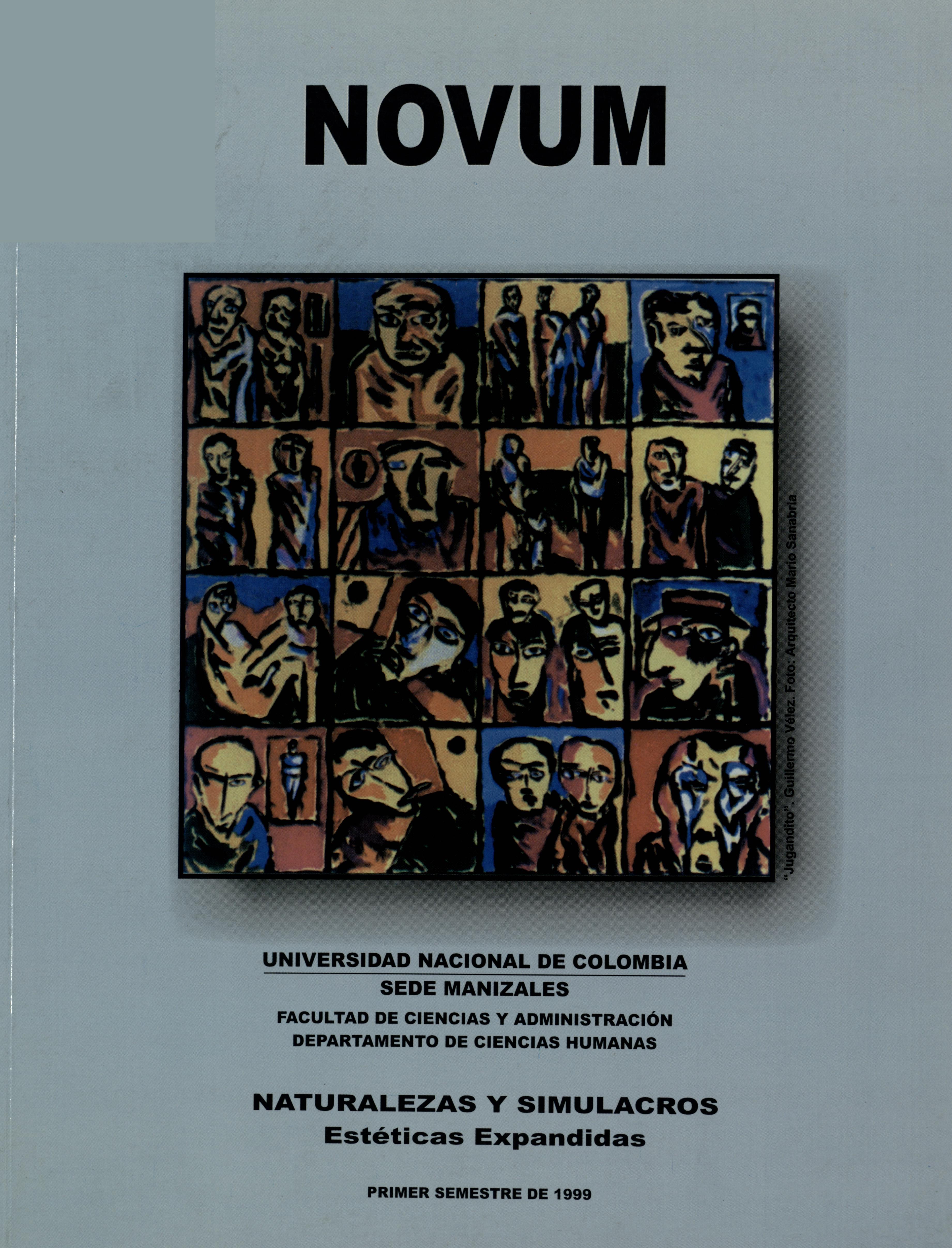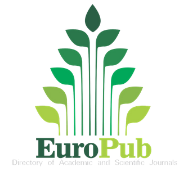Arte digital, operaciones intertextuales en el no-tiempo
Keywords:
Civilización, Cultura, Arte (es)Downloads
Estamos ante un cambio tecnocultural que modifica las nociones de arte, de ciencia, de técnica, de hombre, de espacio, de tiempo, de materia, de cuerpo, de realidad, etc. Abriéndolas a significaciones profundamente renovadas. Nuevas imágenes-pixel; nuevos imaginarios pantallizados que generan una visualidad cultural distinta a la tradicional y que modifican lo axiológico, lo epistemológico y lo estético. No hay duda de que las nuevas imágenes expresan al mismo tiempo estas dos dimensiones de existencia: tecnificación, industrialización del imaginario, por una parte, pero también, al mismo tiempo, imaginario tecnocultural activo, creativo, capaz de hablar culturalmente (y no sólo manipular técnicamente) las técnicas y procedimientos del momento, de abrir nuevos espacios/tiempo para una nueva era de lo sensible.
La ausencia de paradigmas en esta era de transversalidades está dando razón a la secularización y a la pérdida del aura en el arte tradicional moderno, si bien es cierto que la perspectiva renacentista nos brindó una analítica del espacio; la fotografía decimonónica una familiarización con lo hiperreal, y el cine una analítica del movimiento, lo digital y lo computacional nos brindan nuevas relaciones en la dimensión virtual de lo que Paul Virilio denomina «la transparencia catódica».
References
Pardo José Luis. La obra de arte en la época de su modulación serial. Salamanca, 1987, p. 19
VIRIUO, Paul El último vehículo, Videoculturas de fin de siglo. Madrid, Ediciones Cátedra, 1990, pág 39
PERNIOLA, Mario. Fotocopia sin referente.
Fajardo Fajardo Carlos. Cibercultura. Magazín El Espectador. 1998 p 10
Jean Baudrillard. El Crimen perfecto. Barcelona, Paidós, 1989
Liliana Herrera, La carne, la atadura. Magazín El Espectador No 650,1995, Bogotá
How to Cite
APA
ACM
ACS
ABNT
Chicago
Harvard
IEEE
MLA
Turabian
Vancouver
Download Citation
Article abstract page views
Downloads
License

This work is licensed under a Creative Commons Attribution-NonCommercial-ShareAlike 4.0 International License.
Authors who publish in this journal accept the following conditions:
-The authors retain the copyright and assign to the journal the right of the first publication, with the work registered with the Creative Commons Attribution - Noncommercial - Share the same license. That allows others to distribute, remix, retouch, and create from your work in a non-commercial way, as long as they give you credit and license their new creations under the same conditions.

-The authors can make other independent and additional contractual agreements for the non-exclusive distribution of the version of the article published in this journal (include it in an institutional repository or publish it in a book) as long as they clearly indicate that the work was published for the first time in this academic journal.



















